Gregory Gymnasium
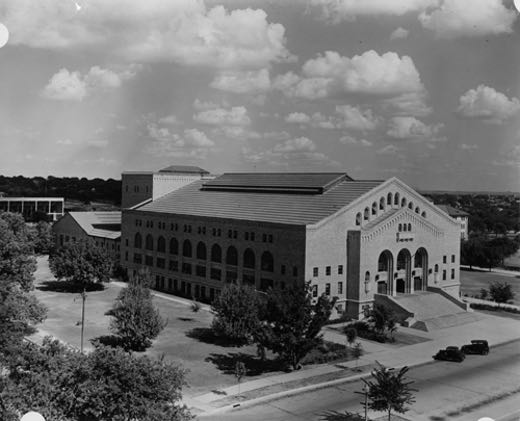
2101 Speedway
Austin, TX
Read more about Gregory Gymnasium in…
 East Austin Centers of Swing: The Royal Auditorium and the Cotton Club, 817 E. 11thin “Athens on the Colorado: The Dominance of the Universities, 1929-1946”
East Austin Centers of Swing: The Royal Auditorium and the Cotton Club, 817 E. 11thin “Athens on the Colorado: The Dominance of the Universities, 1929-1946”The Royal Auditorium and Cotton Club were the centers of dance and Swing culture in East Austin during the 1930s.Read more…
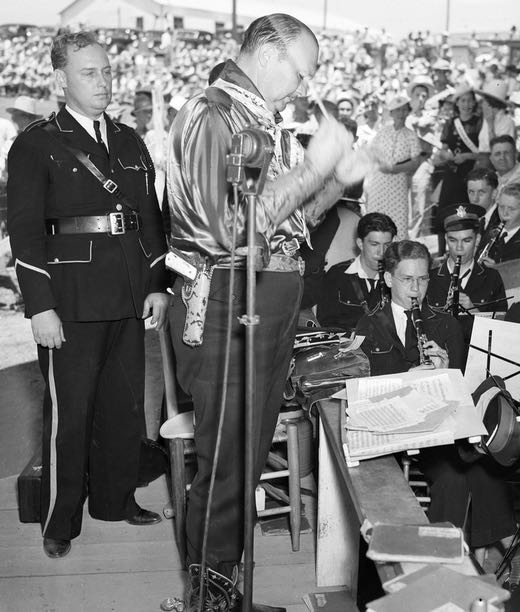 Paul Whiteman and Duke Ellington, 1936in “Athens on the Colorado: The Dominance of the Universities, 1929-1946”
Paul Whiteman and Duke Ellington, 1936in “Athens on the Colorado: The Dominance of the Universities, 1929-1946”Two of the most well-known bandleaders in the country visited the Texas capital in 1936, highlighting a great deal about pop music and segregation in Austin.Read more…
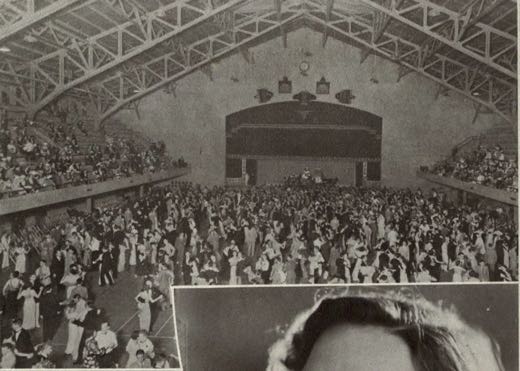 Photos of the All University Dances: An Image Essayin “Athens on the Colorado: The Dominance of the Universities, 1929-1946”
Photos of the All University Dances: An Image Essayin “Athens on the Colorado: The Dominance of the Universities, 1929-1946”Photographs from All University Dances at the University of Texas are important sources for information about university music culture during the 1930s and 1940s.Read more…
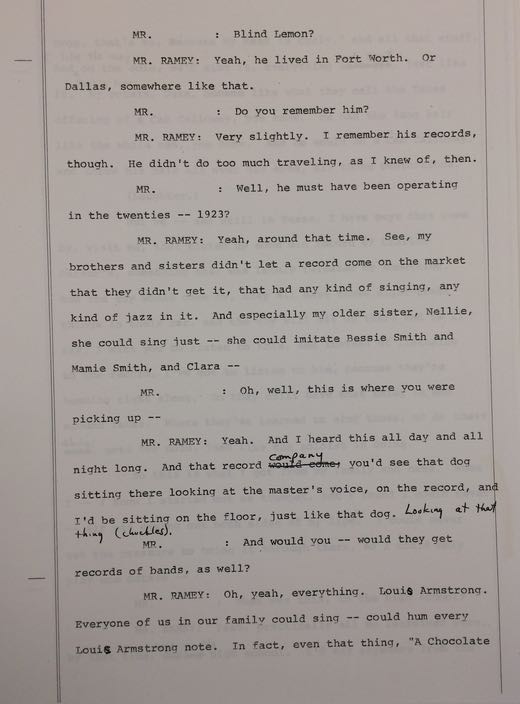 Gene Ramey: A Snapshot of Music in East Austin between 1910 and the early 1930sin “Athens on the Colorado: The Dominance of the Universities, 1929-1946”
Gene Ramey: A Snapshot of Music in East Austin between 1910 and the early 1930sin “Athens on the Colorado: The Dominance of the Universities, 1929-1946”An oral history with the Austin-born bassist Gene Ramey from the 1970s tells us significant things about music in East Austin in the first third of the twentieth century.Read more…
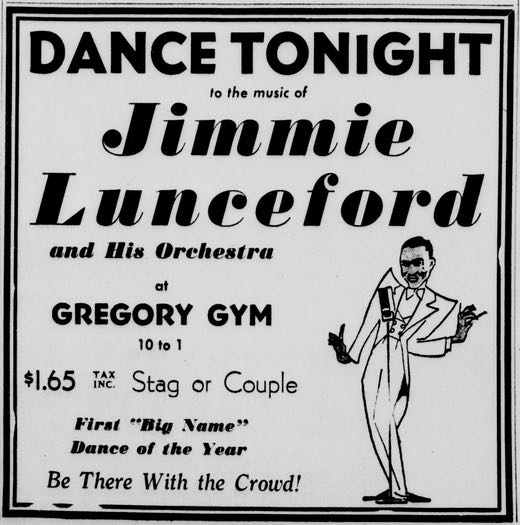 National Bandsin “Athens on the Colorado: The Dominance of the Universities, 1929-1946”
National Bandsin “Athens on the Colorado: The Dominance of the Universities, 1929-1946”Austin hosted a surprising number of famous visiting big bands, orchestras, and jazz musicians during the Depression and World War II era.Read more…
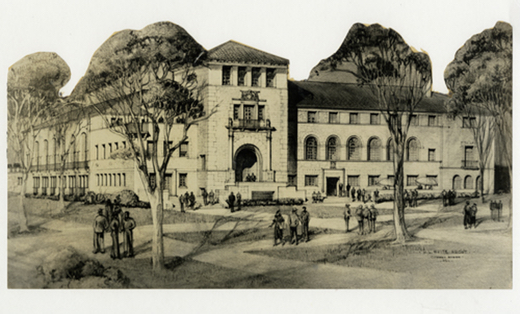 The Texas Union Project, Texas Oil, and the New Dealin “Athens on the Colorado: The Dominance of the Universities, 1929-1946”
The Texas Union Project, Texas Oil, and the New Dealin “Athens on the Colorado: The Dominance of the Universities, 1929-1946”An institution suffused in the spirit of the New Deal, the Texas Union was the main social and cultural hub for the University of Texas during the 1930s and 1940s.Read more…
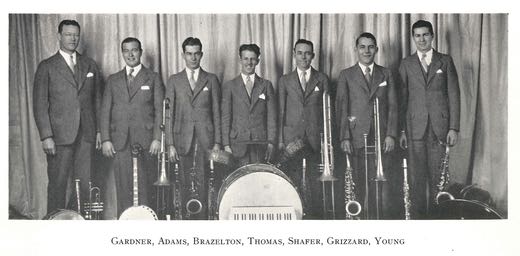 Territory Music: Local Bandsin “Athens on the Colorado: The Dominance of the Universities, 1929-1946”
Territory Music: Local Bandsin “Athens on the Colorado: The Dominance of the Universities, 1929-1946”The major popular music ensembles for public dances in Austin were territory bands, regional bands that created a unique Southwest lineage of jazz and dance music.Read more…
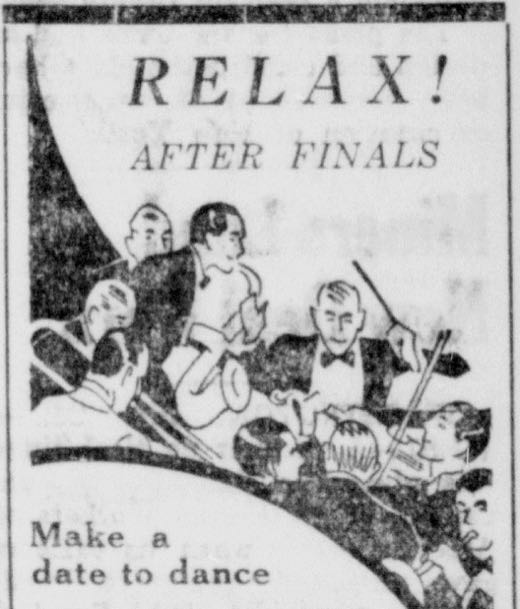 The “Germans” and the All University Dances, 1901-1946in “Athens on the Colorado: The Dominance of the Universities, 1929-1946”
The “Germans” and the All University Dances, 1901-1946in “Athens on the Colorado: The Dominance of the Universities, 1929-1946”One of the largest congregations of young Texans in the state, UT provided the biggest source of live modern dance music and Swing in Austin.Read more…
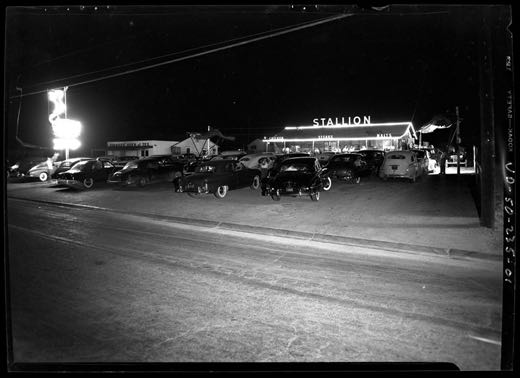 Beyond the City Limits: The New Dance Hallsin “The Wild Side of Life: The Rise of the Honky Tonks, 1940-1950”
Beyond the City Limits: The New Dance Hallsin “The Wild Side of Life: The Rise of the Honky Tonks, 1940-1950”Austin became a Honky Tonk city between 1940 and 1950.Read more…
 Visualizing the Economics of Music in Austin: 1930-1939 in “Athens on the Colorado: The Dominance of the Universities, 1929-1946”
Visualizing the Economics of Music in Austin: 1930-1939 in “Athens on the Colorado: The Dominance of the Universities, 1929-1946”These charts visualize the economic inequality between black and white orchestras in Austin during the Depression and Swing Eras.Read more…
 Western Swing in Austin, Part II: Two Predecessors and a Context, 1930-1942in “The Wild Side of Life: The Rise of the Honky Tonks, 1940-1950”
Western Swing in Austin, Part II: Two Predecessors and a Context, 1930-1942in “The Wild Side of Life: The Rise of the Honky Tonks, 1940-1950”Austin had two very different variations of “Western Swing” in the 1930s.Read more…